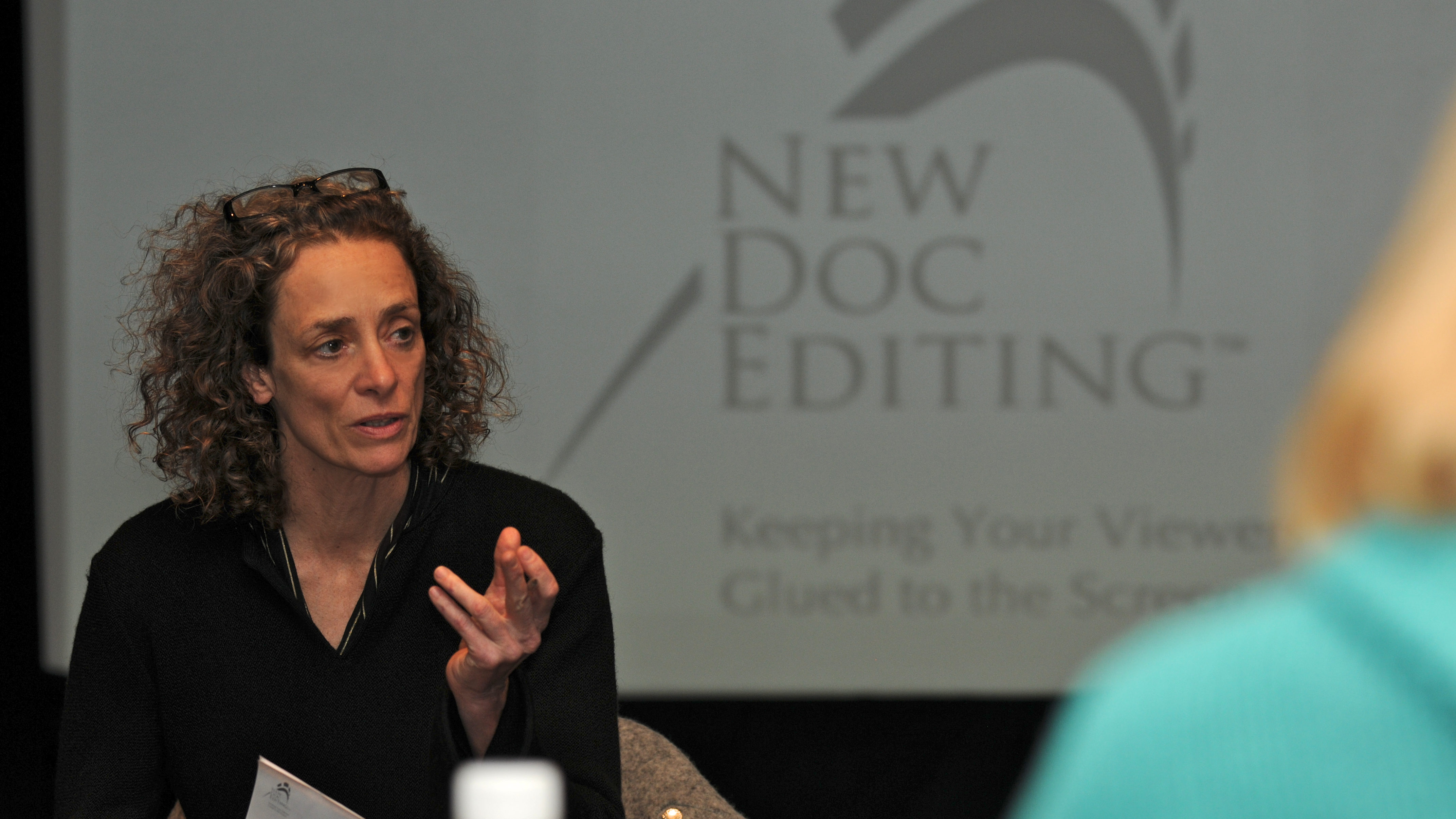What Does It Mean To “Overcut”?
While editing my fifth documentary, I remember nervously handing my 90-minute Assembly Cut to a story consultant. She watched it and said, “There’s some great material here, but obviously, you’ve overcut.” I didn’t know what she meant until she started deleting scenes that I had spent weeks perfecting.
My advice today? Stop perfecting scenes until you have the structure pretty much sorted. That means, in early cuts:
- Abstain from fitting B-roll and cutaways. Your efforts will be wasted if the scene or soundbite is cut later.
- No music. It’s hard to judge the inherent dramatic potential of your footage with the emotional power of music in the way.
- Don’t craft transitions until the narrative is flowing. Making micro transitions can be time-consuming–and they’ll get discarded anyway if scenes or soundbites are moved in service of the structure.
Learn more about the phases of editing in my online seminar Editing the Character-Driven Documentary. Thank you to veteran filmmaker Ken Paul Rosenthal for this thoughtful testimonial:
“This class was perfectly structured and paced, with excellently chosen and well-integrated film clips. The handouts were invaluable and the instructor conducted herself w/ gentle authority, patience, and generosity. I would recommend this class to any aspiring filmmaker irrespective of age, skill level or preferred genre.”
